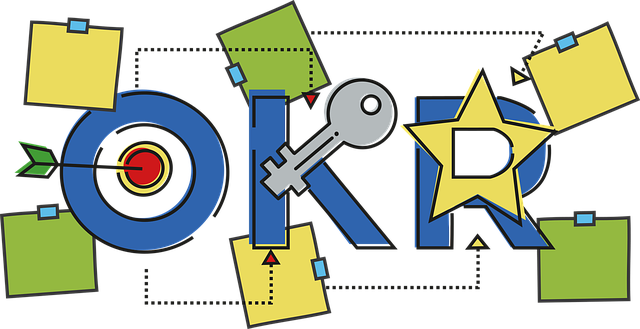Oregon DHS (Department of Human Services) is dedicated to safeguarding vulnerable children through its comprehensive intervention process in child welfare cases. They assess family situations, offer tailored support, and provide resources to resolve immediate issues while fostering long-term stability. In Oregon DHS child welfare cases, families enjoy rights like active participation, communication with caseworkers, and legal representation. DHS also offers various services, from parenting classes to counseling, financial aid, and support groups, empowering families to create positive change for at-risk children.
Navigating Oregon DHS child welfare procedures can be complex, but understanding the process is crucial for families involved. This article guides you through the intricate steps of a child welfare case in Oregon, from initial intervention by the Department of Human Services (DHS) to the final resolution. We delve into the rights and resources available to families, ensuring they are equipped with the knowledge to protect their interests and make informed decisions. By understanding these procedures, folks can better navigate Oregon DHS child welfare cases and foster a positive outcome for their families.
- Understanding Oregon DHS Child Welfare Intervention
- The Step-by-Step Process of a Child Welfare Case in Oregon
- Rights and Resources for Families Involved in Oregon DHS Cases
Understanding Oregon DHS Child Welfare Intervention

Oregon DHS, or the Department of Human Services, plays a pivotal role in child welfare cases across the state. The agency’s intervention in these situations is a structured process aimed at ensuring the safety and well-being of vulnerable children. When Oregon DHS becomes involved, they thoroughly assess each case, considering all factors that may impact a child’s life. This includes evaluating family dynamics, potential risks, and available support systems to determine the best course of action for the child’s long-term stability.
The intervention strategies employed by Oregon DHS are tailored to meet the unique needs of each Oregon DHS child welfare case. They offer a range of services, from providing resources to strengthen family bonds to temporary placement or adoption options if necessary. Their goal is not only to resolve immediate concerns but also to empower families and communities to create lasting positive change for at-risk children.
The Step-by-Step Process of a Child Welfare Case in Oregon

In Oregon, when a concern for a child’s safety and well-being arises, the Department of Human Services (DHS) steps in to initiate a child welfare case. The process begins with a report, which can come from various sources like teachers, healthcare providers, or concerned individuals. Once received, DHS evaluates the information and determines if there is sufficient reason to open an investigation. If warranted, they will conduct a thorough assessment, interviewing family members, caregivers, and others involved to gather insights into the child’s living conditions and potential risks.
Following the assessment, DHS decides on the appropriate course of action. This may involve providing support services to the family to help them address any issues identified. However, if safety remains a significant concern, the department might pursue temporary custody or permanent placement options. Throughout this step-by-step process, Oregon DHS maintains open lines of communication with the family, ensuring they understand their rights and the goals of the case.
Rights and Resources for Families Involved in Oregon DHS Cases

When facing Oregon DHS child welfare cases, families have rights and resources available to support them throughout the process. One of the most crucial rights is the opportunity for family participation and involvement in decisions affecting their children. This includes regular meetings with caseworkers, access to case documentation, and the chance to share their perspective and concerns. Families are also entitled to legal representation, helping them navigate complex procedures and ensure their rights are protected.
Additionally, Oregon DHS provides a range of resources to assist families. These include parenting classes, counseling services, financial aid programs, and support groups. These resources aim to strengthen family bonds, address any challenges, and ultimately improve the well-being of children involved in child welfare cases. Understanding these rights and utilizing available resources is essential for families navigating Oregon DHS child welfare procedures.
